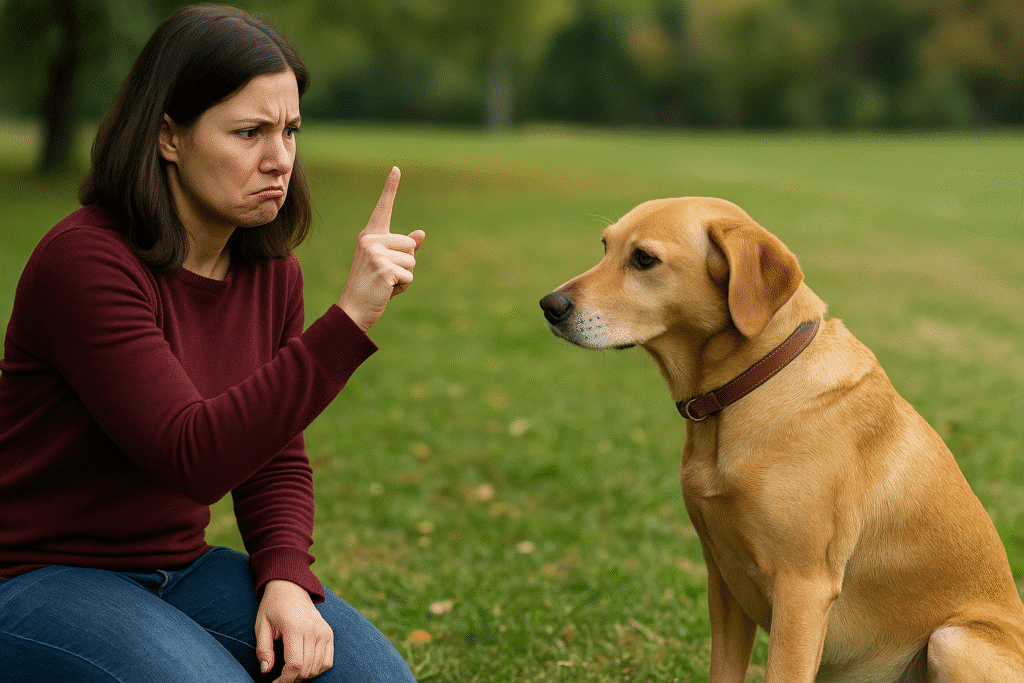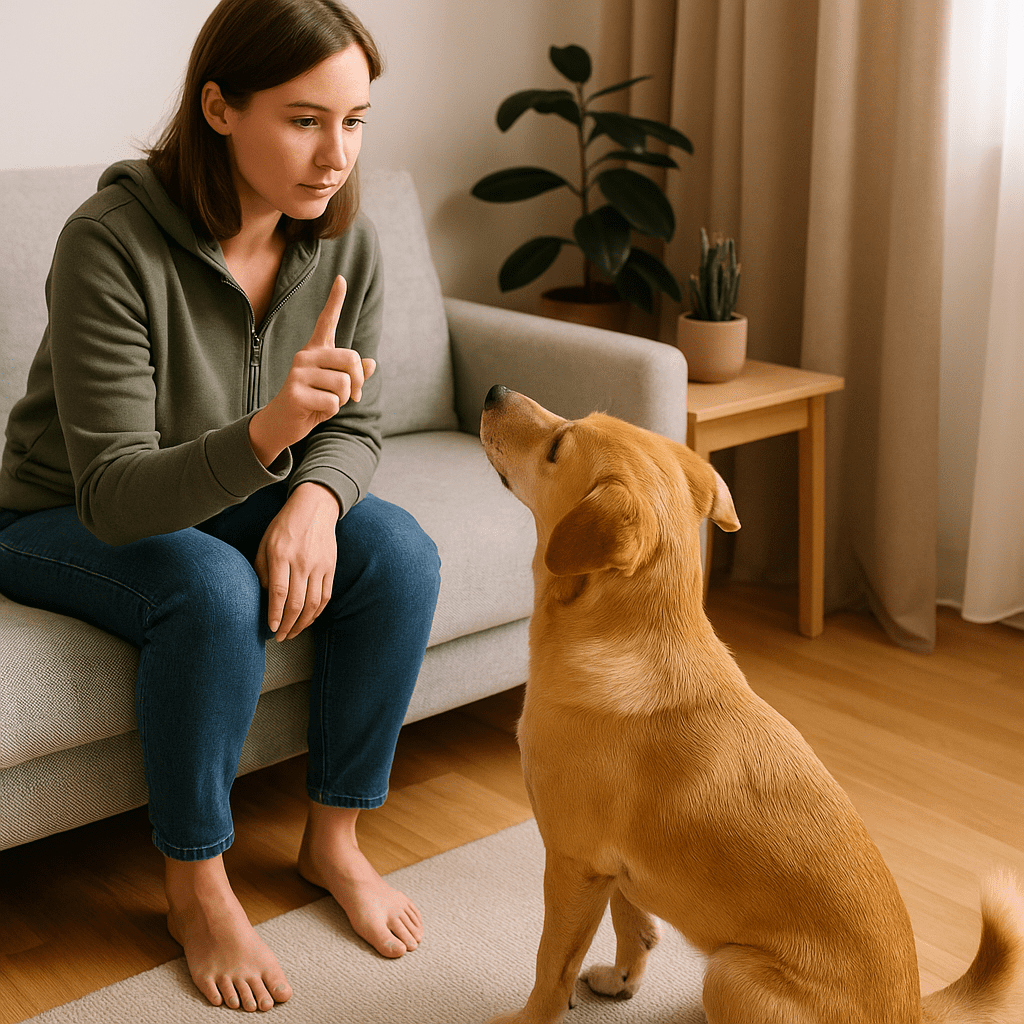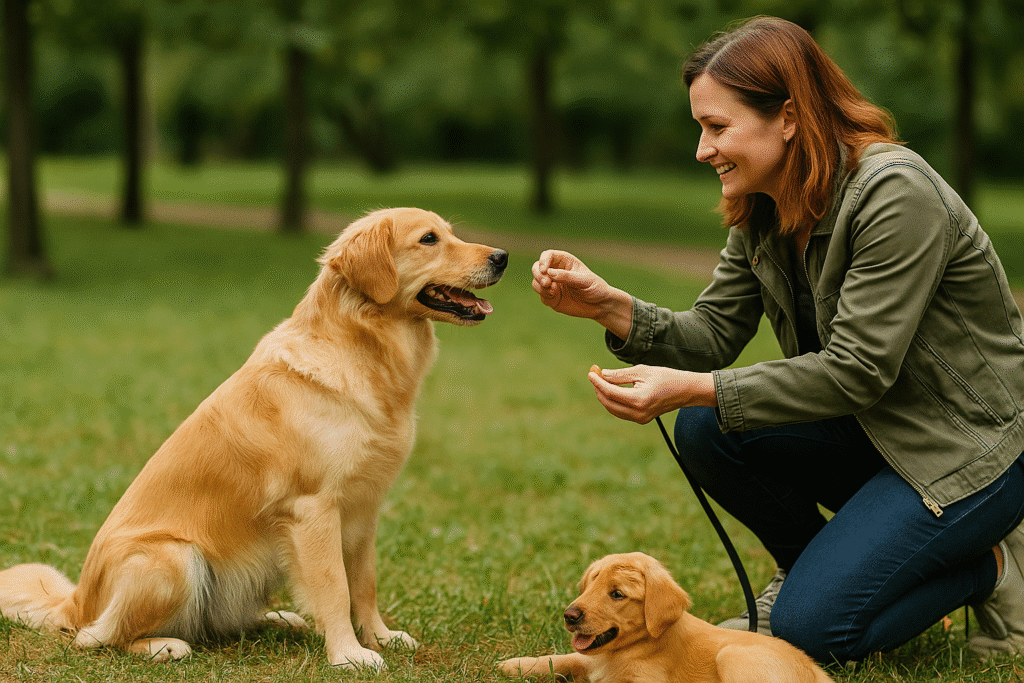Many owners unknowingly make recall training mistakes that weaken their dog’s response to the “come” command. This guide highlights the top seven errors and provides step-by-step solutions, helping you build a reliable recall for safer, more enjoyable walks and off-leash adventures.
Introduction
The recall command—teaching your dog to come when called—is one of the most important skills for safety and freedom. Unfortunately, many owners make common recall training mistakes that delay progress or even harm training. In this article, we’ll explore seven common errors and how you can fix them.

(Outbound link: Step-by-step recall basics at RSPCA: Train Your Dog To Come When Called.)
Mistake 1: Calling Only When It’s Time to End Fun
If you only use recall when it’s time to go home or end playtime, your dog will quickly associate “come” with losing freedom. This creates resistance and frustration.
Fix:
Call your dog randomly during play, reward them, and let them go back to playing. This builds positive associations with coming when called.
Mistake 2: Using a Negative Tone
Shouting or using an angry voice makes your dog hesitant to return. Recall should always sound inviting, not punishing.
Fix:
Use a cheerful, encouraging voice every time you call your dog. Reward them warmly to strengthen the bond.
Mistake 3: Not Rewarding Consistently
Some owners stop rewarding once their dog seems to understand recall. This causes the behavior to weaken over time.
Fix:
Keep rewarding regularly, especially in distracting environments. Rotate between treats, toys, and praise for variety.

(Internal link: For treat-based training insights, read our Puppy Training Tools Guide.)
Mistake 4: Repeating the Command
Saying “come, come, come” teaches your dog that ignoring you is acceptable. They learn they don’t need to respond right away.
Fix:
Say the recall command once. If your dog doesn’t respond, gently guide them with a long line and reward once they arrive.
Mistake 5: Training Only Indoors
Many owners practice recall only in quiet environments. When distractions increase outdoors, the recall often fails.
Fix:
Gradually increase distractions during training. Practice in the yard, park, or around other dogs while keeping your dog on a long line for safety.
Mistake 6: Ending Rewards Too Soon
Stopping rewards too early makes recall unreliable. Dogs need reinforcement over time, not just in the beginning.
Fix:
Maintain variable rewards—sometimes a treat, sometimes a game of fetch. This unpredictability keeps your dog engaged.
Mistake 7: Lack of Patience
Recall is a challenging skill that requires consistency and time. Expecting perfection too quickly leads to frustration for both owner and dog.
Fix:
Set realistic goals. Celebrate small wins, like coming in the house when called, before expecting recall in busy outdoor areas.
(Internal link: For more advanced recall tips, see our Recall Training Guide.)
Additional Tips for Reliable Recall
- Use a long training line for safety during early stages.
- Choose a unique recall word that stands out from daily commands.
- Practice short, frequent sessions instead of long, frustrating ones.
- End on success—stop while your dog is still motivated.

Frequently Asked Questions (FAQ)
- How long does it take to train recall?
Most dogs improve noticeably within a few weeks, but true reliability may take months of practice. - What should I do if my dog ignores recall?
Go back to basics with a long line, increase rewards, and reduce distractions. - Can older dogs learn recall?
Yes, recall can be taught at any age with consistency and patience. - Should I ever punish my dog for not coming?
No—punishment damages trust and makes recall less reliable. - What’s the difference between recall and “stay” release?
Recall is about immediate return, while “stay” release is a separate command with different expectations.
Conclusion
Mastering recall requires avoiding these recall training mistakes and focusing on positive reinforcement. With patience, consistency, and the right strategies, your dog will learn to come when called—no matter the distraction—ensuring safer, happier walks together.
Call to Action
Want more training strategies? Browse our Training Tips section here.

